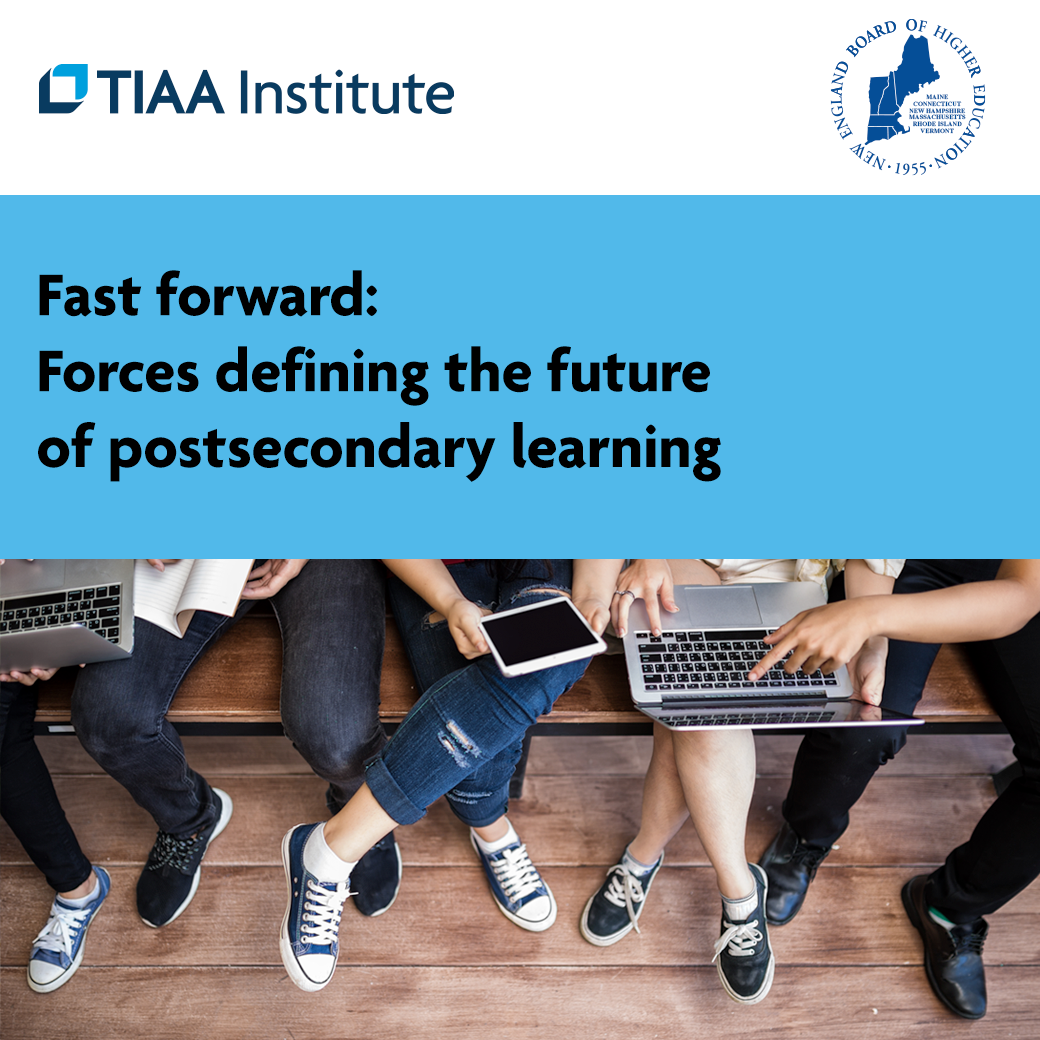The global pandemic opened the eyes of many postsecondary leaders to new realities and new possibilities.
Summary
Among Covid-19's many substantial effects, higher education institutions were reminded of their reliance on digital technologies, the impact of economic disruptions, and the interconnectedness of learning, work, wellness and students' personal lives. This paper explores four transformative forces accelerated by the pandemic and examines their effects on program delivery models, digital learning infrastructure, and institutions’ ability to meet the dynamic needs of students, employers and other stakeholders. The authors describe these forces' primary manifestations and implications and pose questions for senior leaders and trustees to consider.
Key Insights
- The pandemic spurred significant investments in digital transformation and organizations' ecommerce capabilities, improving customers' experiences and reshaping their expectations.
- The growth of hybrid work has accustomed people to digital interactions and remote collaboration and learning.
- The pandemic catalyzed growth in education technology investments, ventures and innovation, expanding the market for technologies and services designed to improve academic and administrative functions and the learner experience.
- Non-degree, certificate and microcredential programs, as well as non-traditional providers, are all growing in response to learners' increasing preference for alternatives to standard degree programs.


